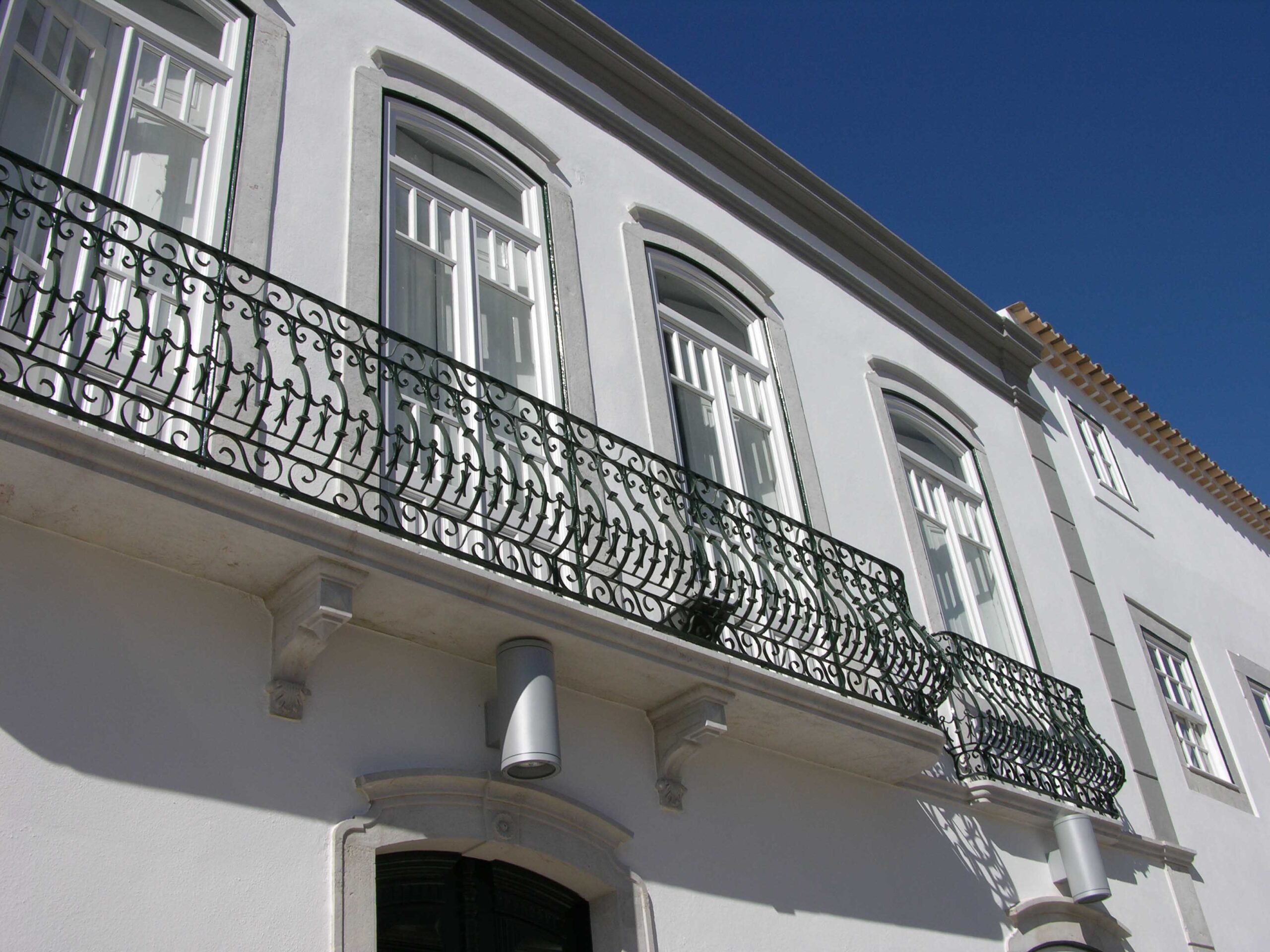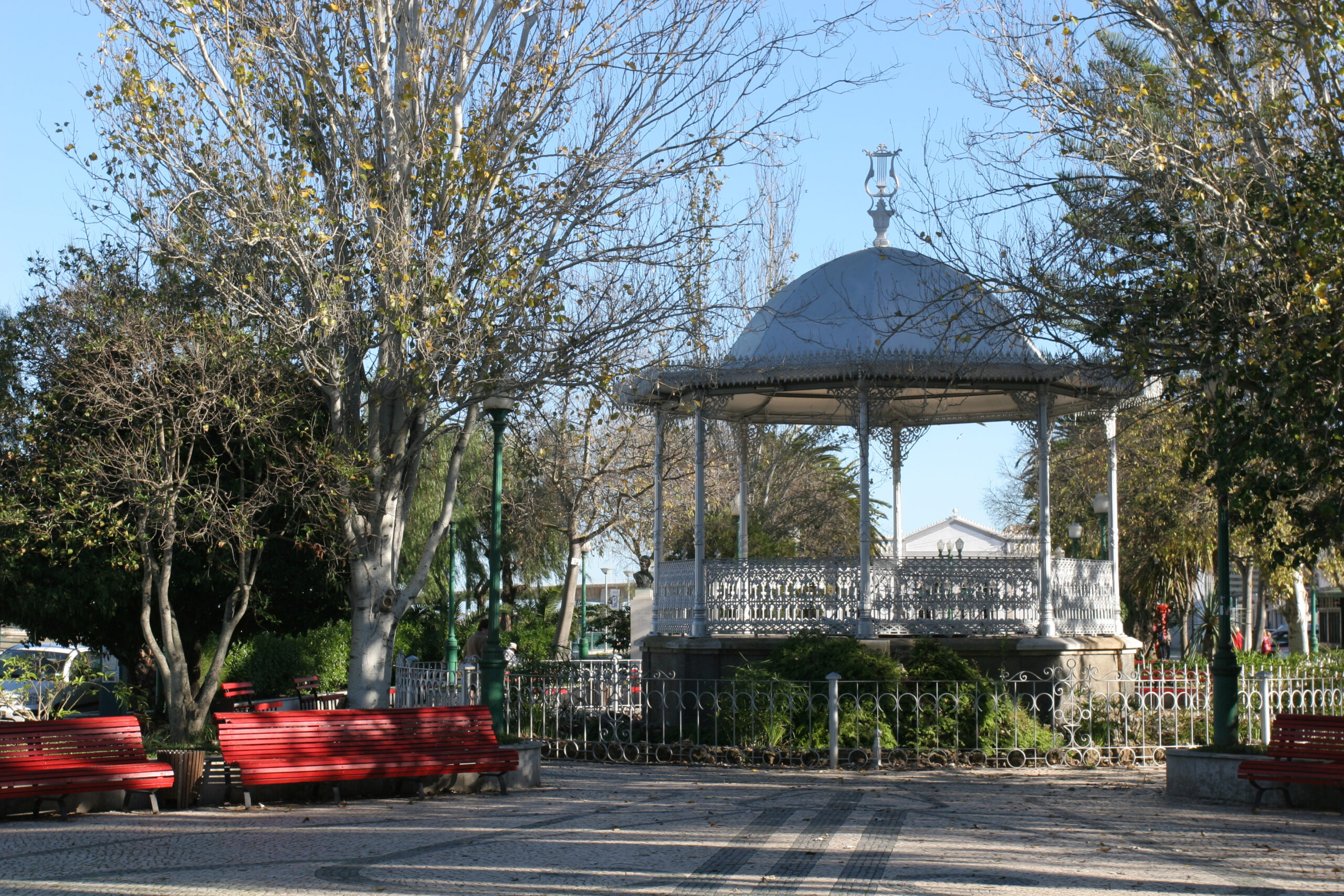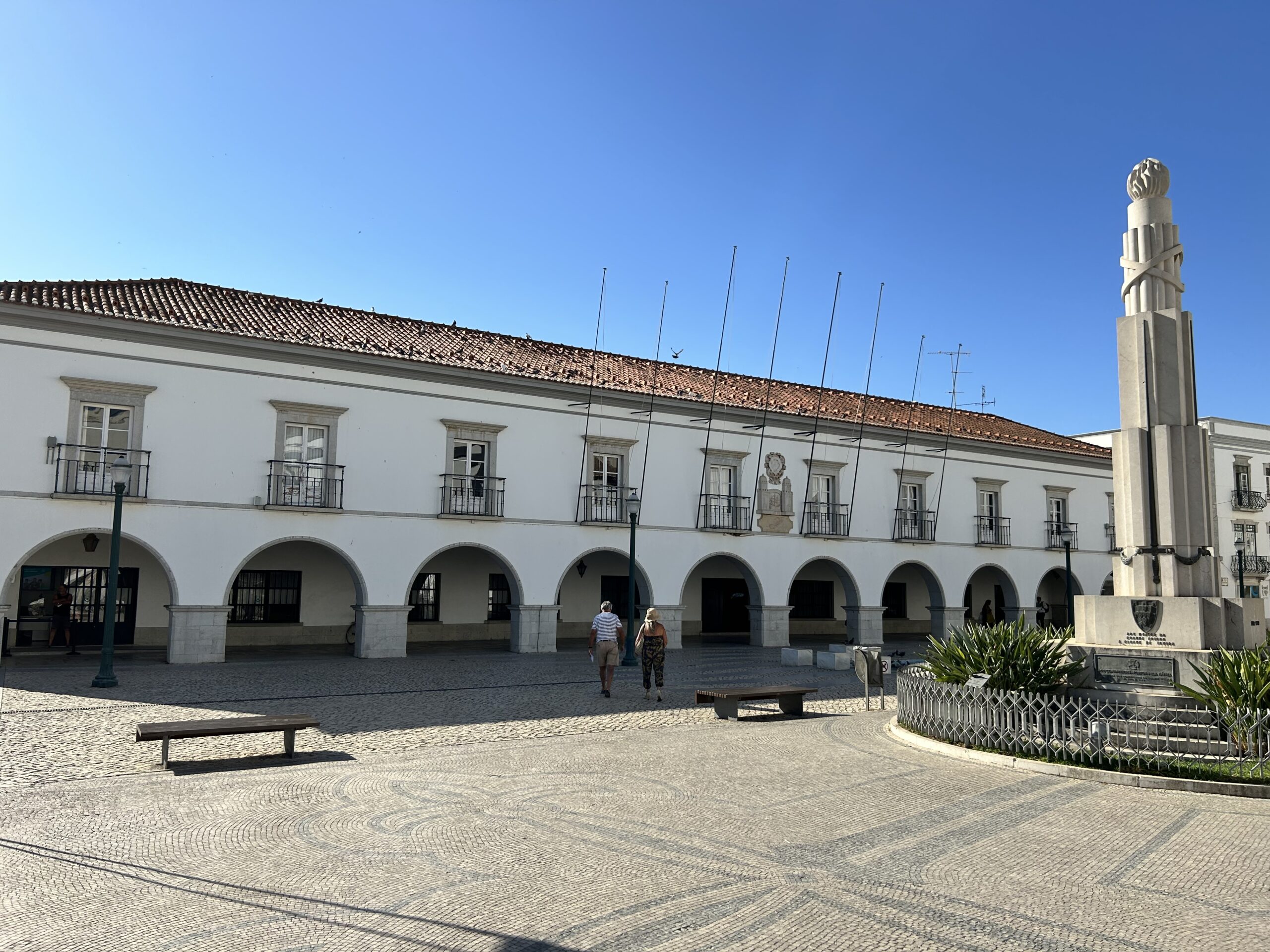Church of Nossa Senhora das Ondas (or Church of São Pedro Gonçalves Telmo) and Maritime Commitment
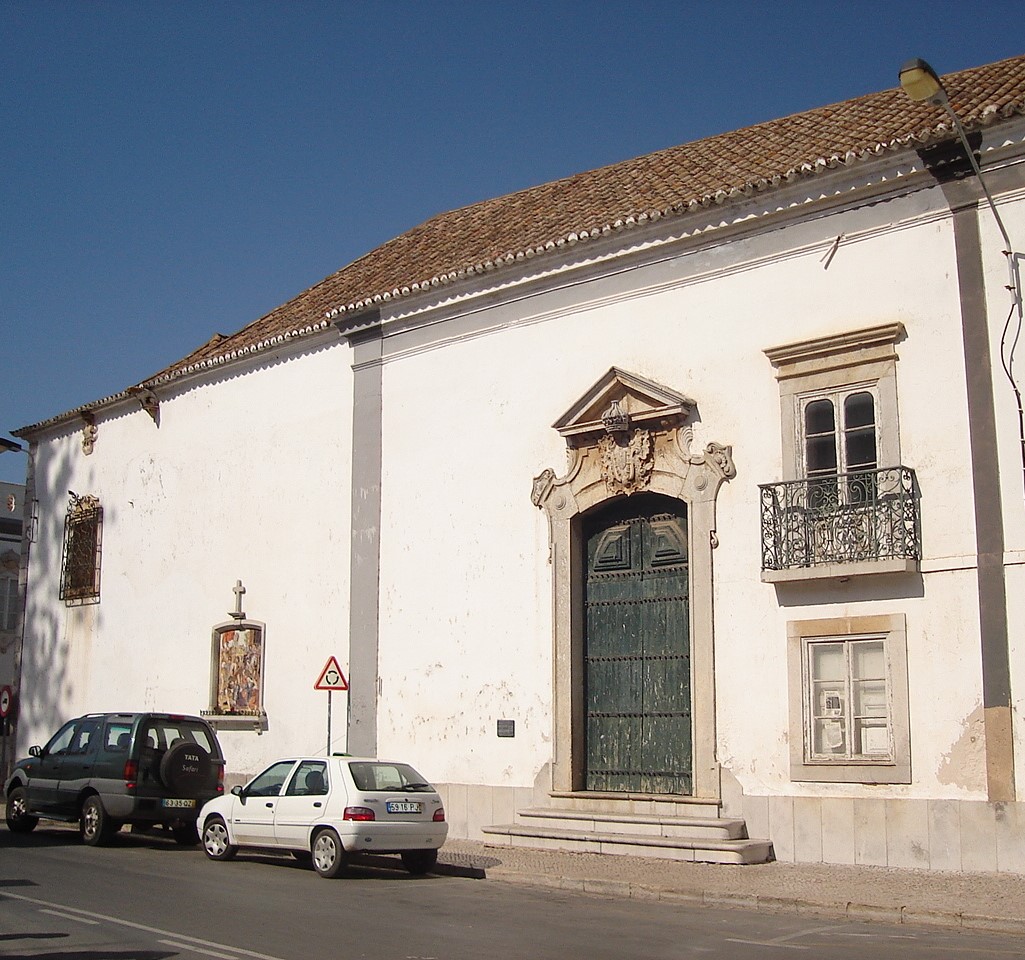
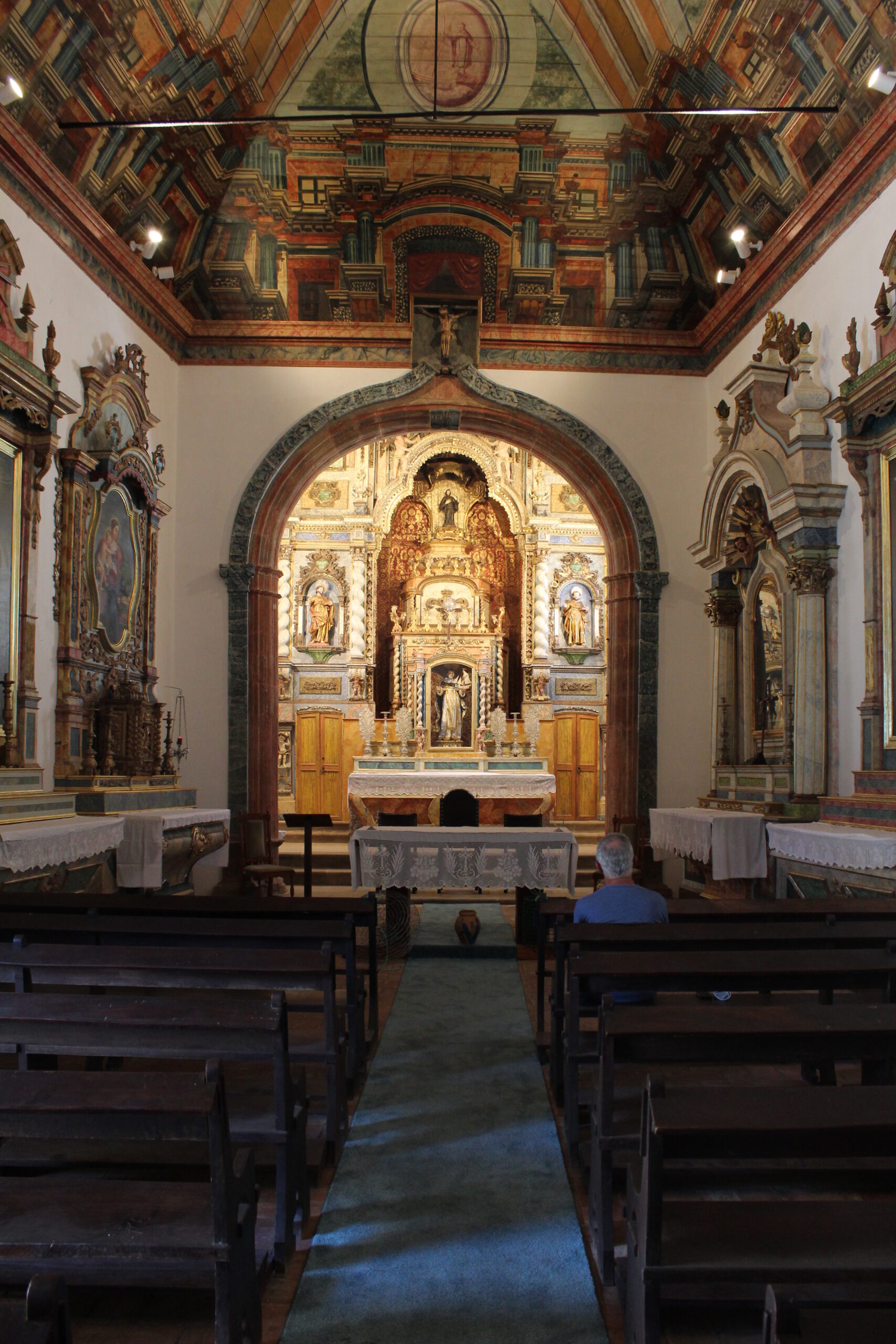
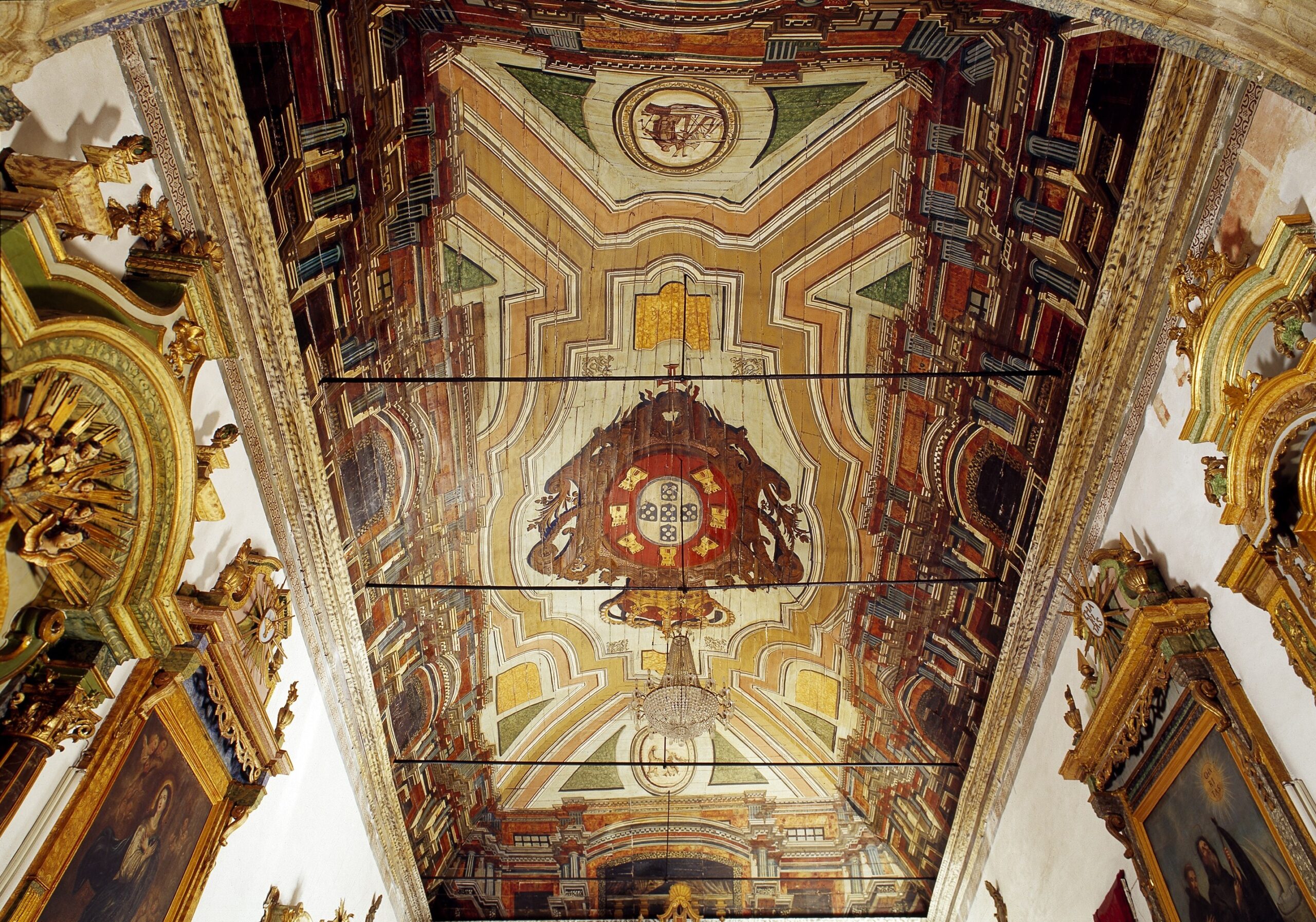
Church of Nossa Senhora das Ondas (Church of Our Lady of the Waves or Church of São Pedro Gonçalves Telmo) and Maritime Commitment
Founded in the 15th century, this church was administered by sailors and fishermen and belonged to the confraternity of São Pedro Gonçalves Telmo. This brotherhood had considerable social prestige and managed to develop the building in the first half of the 16th century.
The triumphal Renaissance-style arch of the chancel, the coat of arms of the kingdom inlaid on the rear façade, and the “alleo” motto alluding to the Meneses (the noble family that benefited from Tavira’s custom duties in the 16th century) serve as testimonies of these building works.
The earthquake of 1755 caused damage to the church, leading to its reconstruction the following year. The works were undertaken by the Algarvian architect Diogo Tavares e Ataíde. According to the contract, the church had to be built “with all fortitude and valour”, reflecting post-earthquake fears and the need to build to withstand future seismic shocks.
The interior contains 18th-century Baroque works, especially the altarpieces and the magnificent ceiling painting, carried out in an illusionist perspective, in 1765, by Luís António Pereira, a native of Tavira.
This church venerates saints symbolically associated with fishermen and sailors. Devotion to the Virgin also plays an important role, as illustrated by the devotion to Our Lady of the Waves (whose image is said to have been carried there by the sea itself), the name by which this church in Tavira is also known.
Freguesia: Tavira
